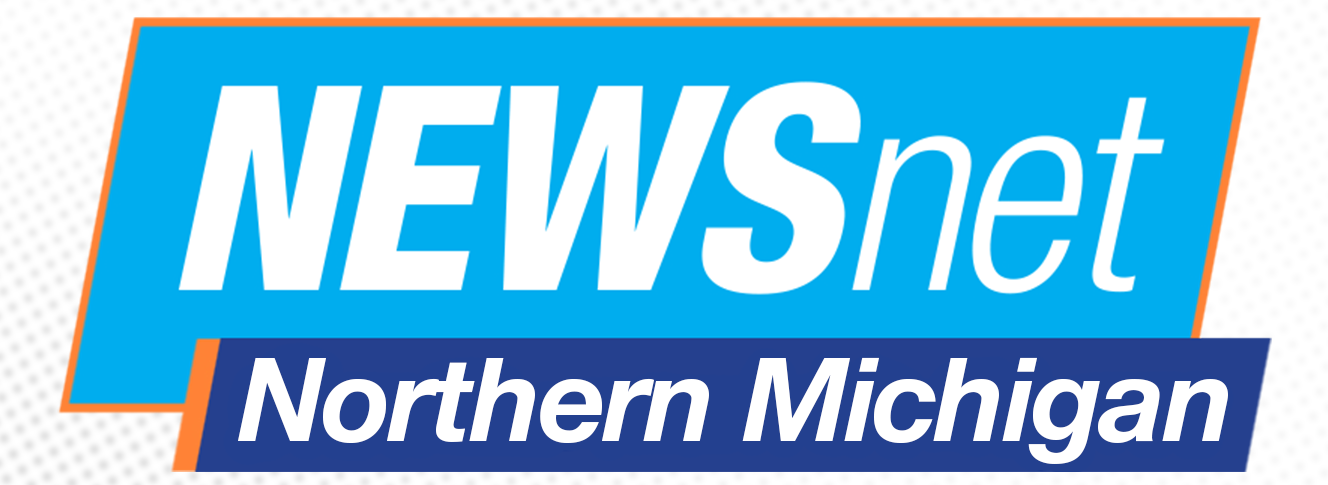SERVPRO of Palo Alto is helping Bay area businesses understand the value of having a well-developed disaster recovery plan, which can facilitate rapid recovery after commercial property damage. The sooner a company is able to return to normal business operations after property damage, the more likely it will be able to avoid employee migration, customer drift, and a devastating interruption of the revenue cycle. The execution of a sound plan can achieve recovery in days rather than weeks. SERVPRO of Palo Alto explores the benefits of a Disaster Recovery Plan for companies with a traditional in-office workforce as well as a hybrid work-from-home (WFH) workforce.

Work from Home: New Challenges and New Opportunities for Businesses
The challenges of the COVID-19 pandemic fostered a rapid expansion of the work-from-home (WFH) approach. A downside to this paradigm shift in the hub of business productivity, formerly office-based but now home-based, is increased vulnerability to unanticipated interruptions stemming from the home-based work environment. First, the remote worker has not created a disaster recovery plan to address potential disruption from a property damage disaster or other types of business activity interruption. Second, IT staff, the team that makes work-from-home possible, usually are not experts in disaster recovery planning beyond the scope of their field of expertise.
The Disaster Recovery Plan: An Investment and Not a Cost
In the work-from-home environment, business productivity may be interrupted by a wide range of causes, including severe weather, earthquakes, landslides, wildfires, corporate IT equipment failures, scheduled rolling brownouts, unintended blackouts, cyberattacks, supply chain disruptions, human errors, labor conflicts, social unrest, and a company-wide outbreak of illness. A cursory survey of potential disruptors highlights the sobering realization of the vulnerability of the work-from-home setting. The statistical probability of a business interruption in a WFH arrangement is considerably elevated.
Business owners and managers should regard a disaster recovery plan as both a necessary expense and a worthy investment with the potential for a positive ROI! A brief exploration of this concept yields a stunning conclusion.
Step #1: Calculate potential losses resulting from the most common sources of business interruptions. The cost of lost business productivity is staggering. Each minute of disrupted customer service and lost billable activity translates into thousands or tens of thousands of dollars in the final analysis.
An exploration of some of the potential losses, costs, and forfeited profit include:
- Revenue cycle interruption
- Customer drift
- New customer acquisition costs
- Employee migration
- New employee recruitment and training
- Loss of vendor discounts
- Reduced profitability
- Actual losses from property damage
- Litigation and civil or criminal penalties stemming from the litigation
- Fines for regulatory non-compliance
- Decreased investor confidence and lost investment dollars
Step #2: Calculate the cost of implementing a proactive disaster recovery plan focused on loss avoidance and the recovery of productivity. The avoidance of massive losses and a swift return to productivity and profitability may yield an ROI of tenfold or a hundredfold. For a powerful visual of the ROI potential of the disaster recovery plan, the comptroller can insert the data into a spreadsheet and create a chart.
What Does a Disaster Recovery Plan Look Like in a Virtual World?
The COVID-19 pandemic saw the overnight shutdown of call centers, warehouses, corporate headquarters, professional office complexes, and schools and colleges. Nearly half of the workforce moved home and went virtual during the viral outbreak. Analysts project that by 2025, nearly one-fourth of the workforce (22% or 36.2 million employees) will be remote workers.
One scenario would include an individualized Disaster Recovery Plan for each WFH (remote) employee. The plan would be customized to fit the employee’s unique, individual needs and vulnerabilities. The plan would proactively focus on preparedness and prevention. Key causes of workday interruption and lost productivity would be identified and targeted with prevention and mitigation strategies. The recovery plan would fast-track cleanup, repair, and restoration in the event of a property damage disaster. Typically, risk engineers at the corporate level in the Bay area of California focus on earthquakes, wildfires, flooding, and landslides. Fire damage, smoke damage, water damage, sewage backups, local power outages, and power grid failures receive their fair share of attention. These types of disasters strike corporate headquarters, banks, office complexes, call centers, hospitals, and distribution centers.
The loss avoidance benefits of having a pre-qualified property damage company for the remote workforce are many, especially if the pre-qualified company is SERVPRO of Palo Alto.
- When disaster strikes, no time is lost frantically calling various service providers in the middle of the night. One call initiates the recovery process, and a team arrives on the scene in about an hour.
- No time is lost documenting the damage scene and preparing information for the insurance claims process. A SERVPRO professional will inspect and assess the damage. The remote worker will be provided with a detailed, well-documented estimate that will prove very helpful in the insurance claims process. The SERVPRO staff can manage the insurance claims process from end to end. Minimizing stress means that employees can focus on their job, confident that the SERVPRO team has everything under control.
- No time is lost in the cleanup and restoration process. The SERVPRO team handles the cleanup, any water removal and dehumidification, emergency tarping, moving furniture, disinfecting, sanitizing, and deodorizing. Workers cordon off the work area to protect occupants in the home. Few, if any, days need be spent in a motel.
- No energy is unnecessarily wasted on any phase of the project. The employee has the peace of mind, strength, and confidence that excellent work is being performed.

To learn more about commercial damage restoration and cleaning services in Palo Alto, CA, and the surrounding area, contact SERVPRO of Palo Alto by calling (650) 800-3448 or by emailing office@servpropaloalto.com.
































